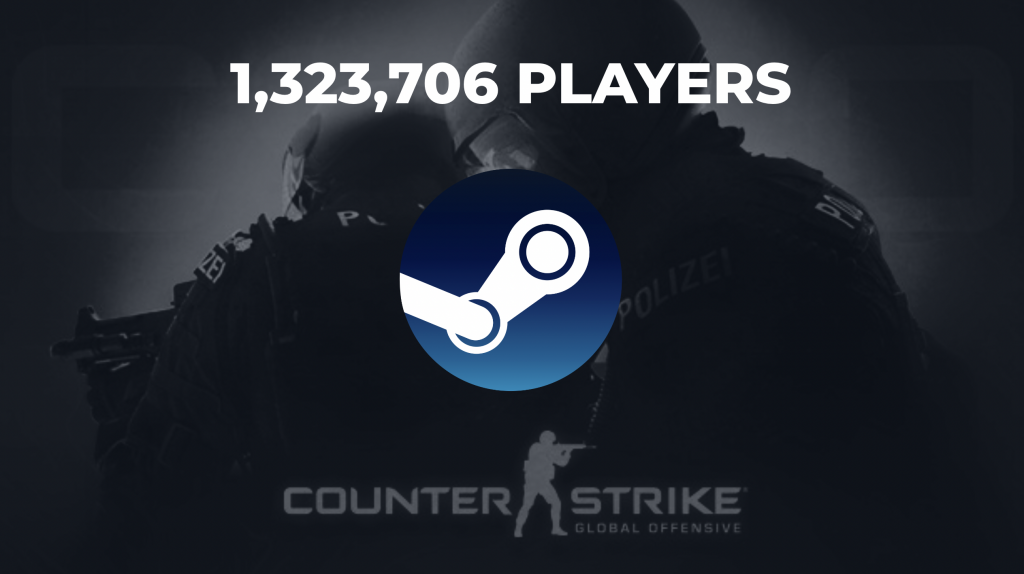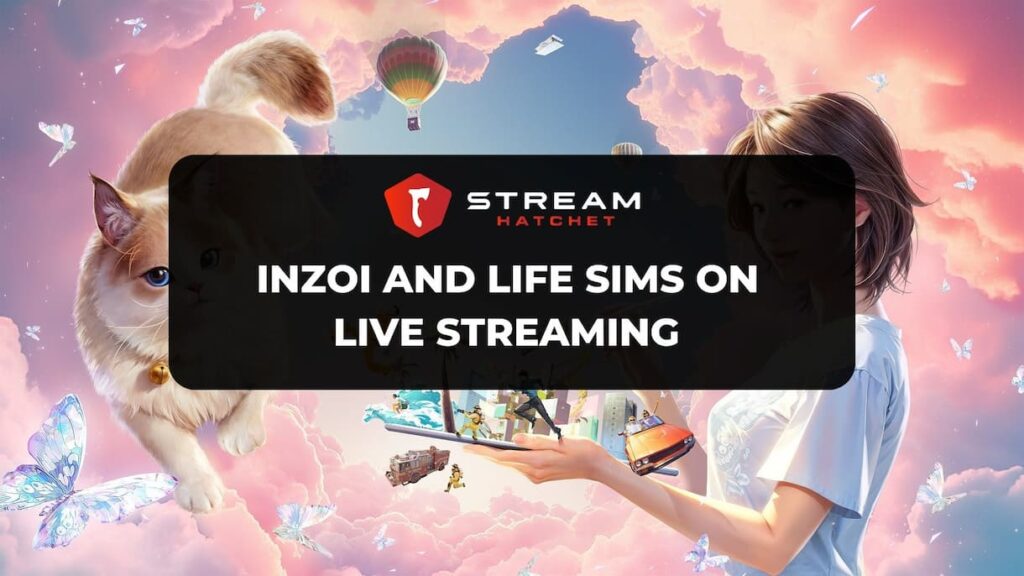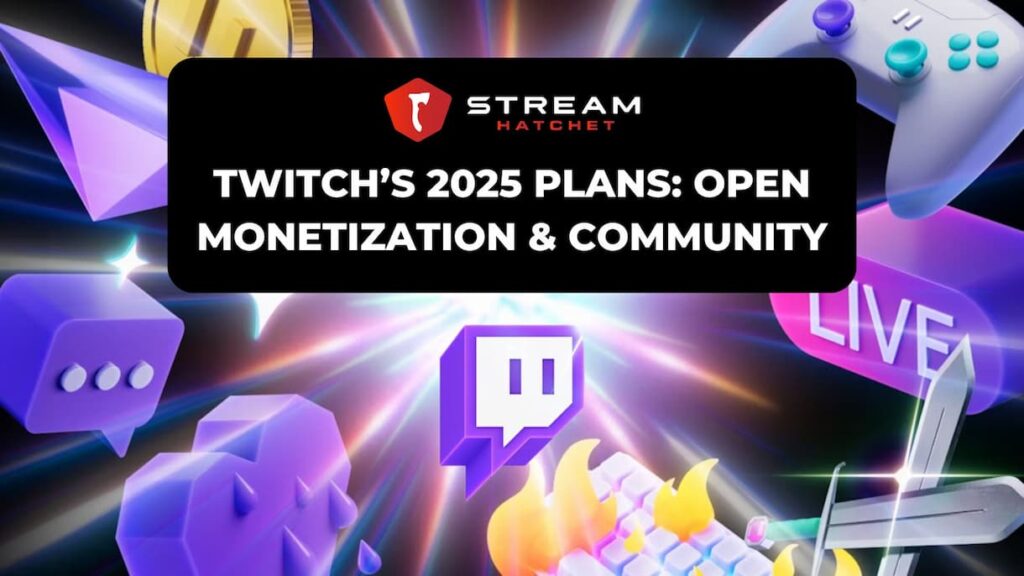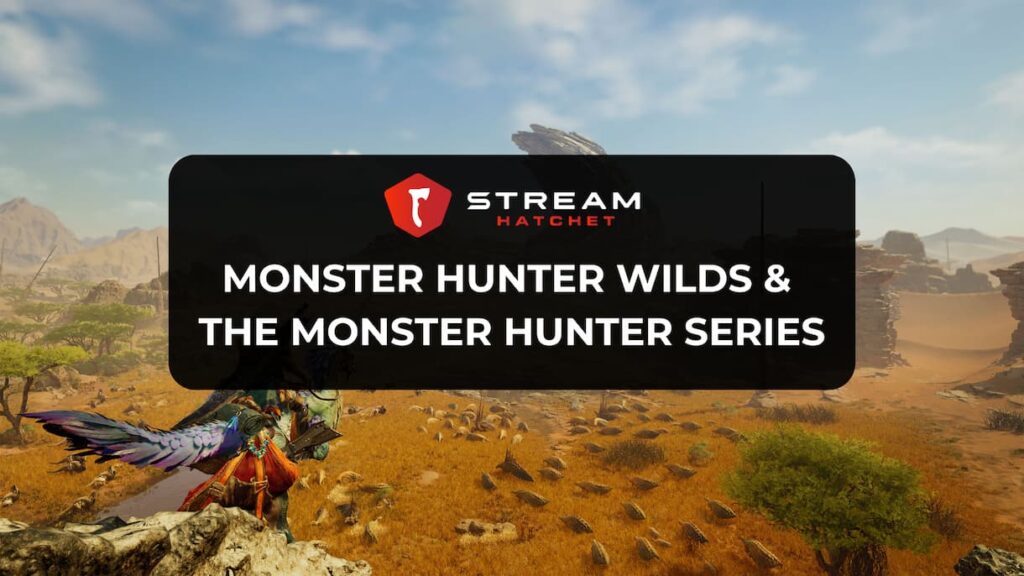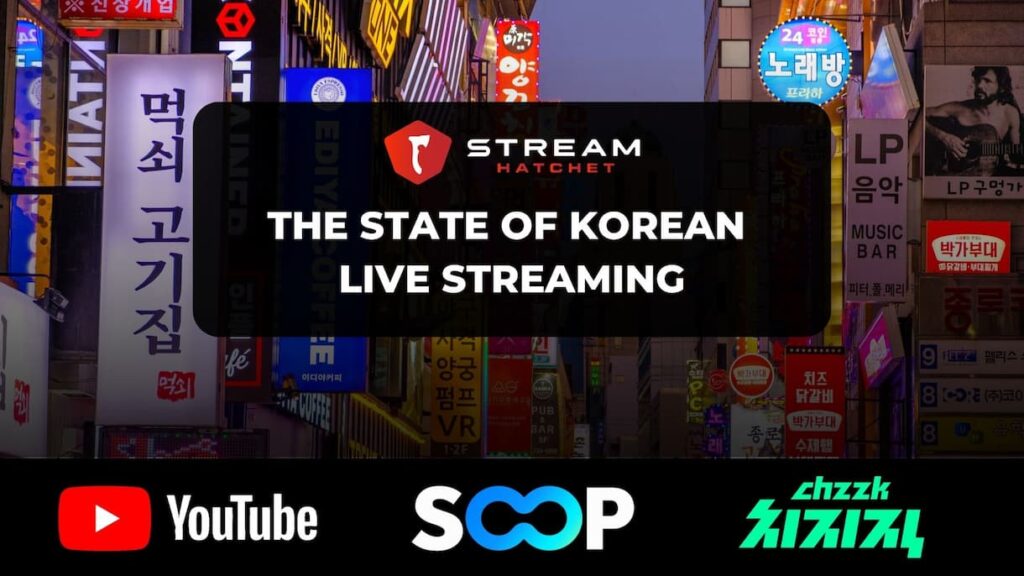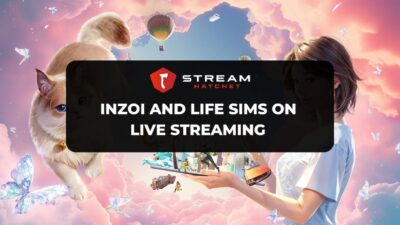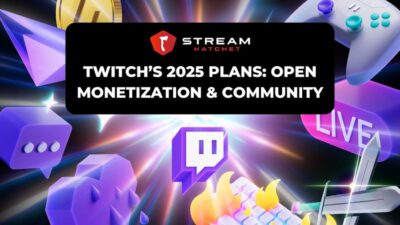On February 11th, Counter Strike: Global Offensive (CS:GO) reached a peak of 1.320M players on Steam, breaking its previous record of 1.308M players set in 2020. Just 8 days later, the FPS broke its Steam record again with 1.324M concurrent players.
How does an 11-year-old game continue to break records and gain popularity? Looking at live streaming can help us understand some possible answers to that question.
One potential factor in the game’s growth on Steam could be the finale of the IEM Katowice tournament. IEM Katowice started on the first of the month and concluded on the 12th. The tournament helped bump the game’s viewership on live streaming platforms to 4.5 million hours watched on the final day, hitting its highest numbers since November of last year. 2.9 million (65%) of those hours were specifically from the IEM tournament.
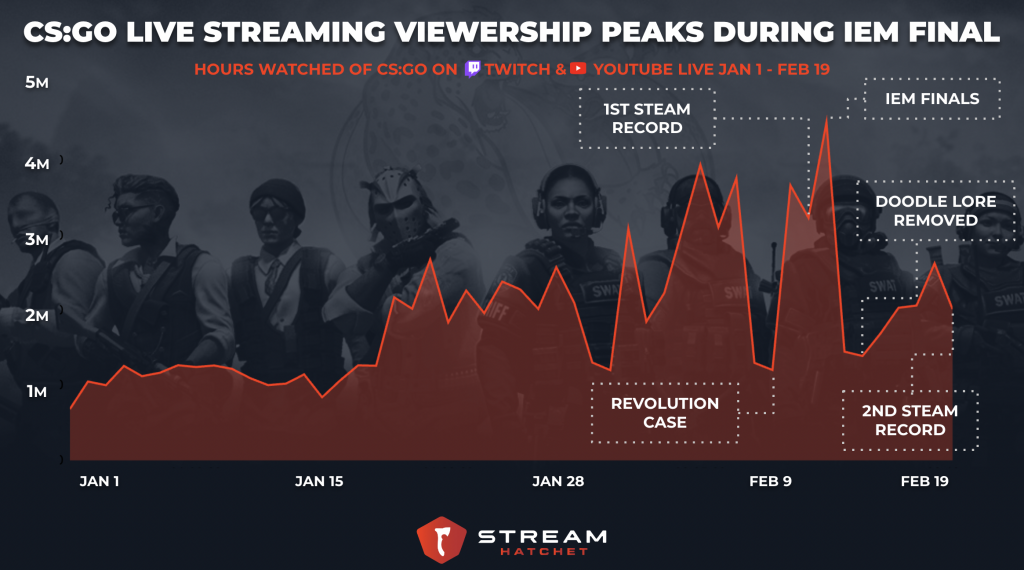
Steam concurrent player numbers for CS:GO almost always seem to rise around the large IEM tournaments, but January and the last 30 days have seen the largest increase in players. Last February, the average number of Steam concurrent players was 634K, a growth of 32K from January. In the last 30 days, the average number of players has grown to 786K players.
Additionally, the largest CS:GO tournament to date, the PGL Major Antwerp in May of 2022, garnered 59M hours watched and hit a peak of 1.9M concurrent viewers across live streaming platforms. However, the number of concurrent Steam players during the month of May was at only 565K players and actually decreased from the previous month. While large tournaments can help maintain a game’s relevance, they seemingly aren’t the only factor in increasing a game’s popularity.
The Revolution Case Causes a Stir
Valve also released a new CS:GO case on February 9th, called “Revolution.” While live streaming viewership of the game decreased on the 8th and the 9th of the month, most likely due to the break in the IEM tournament, the number of concurrent players on Steam started to rise. The day the game broke its first record at 1.32M players on Saturday the 11th was the day before the IEM finale.
The Revolution case release broke the record for the longest time between cases (223 days). It has also been 17 months since the last operation, Riptide, and fans were itching for something new to draw them back into the game.
The case included 17 various weapon finishes, rare gloves from the Clutch case, an array of stickers from the Espionage Sticker Capsule and a Denzel Curry “ULTIMATE” music kit made available on Feb 9.
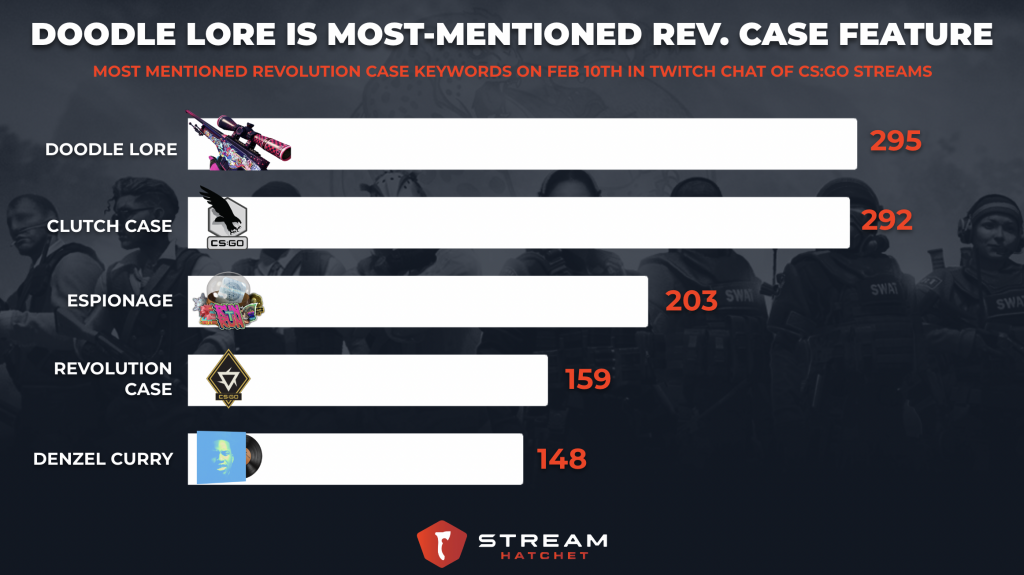
The day after the Revolution case was released, one of the most mentioned features that was talked about amongst Twitch users watching CS:GO live streams was the “Clutch Case.” The case saw 292 mentions on Feb 10th alone, highlighting viewers’ interest in the rare gloves that were up for grabs. However, the most-mentioned item was the Doodle Lore skin with 295 mentions on the 10th.
Following claims it had been plagiarized in a post on February 15, the number of messages mentioning the skin shot up to over 900 messages on February 16. After the claim, Doodle Lore was replaced with the “Duality” skin. Just days later, the game broke its Steam player count record with 1.324M players on the 19th.
‘Revolution Case’ was mentioned almost 160 times in messages, ‘Espionage’ was mentioned over 200 and ‘Denzel Curry’ 148 times on the day of Feb 10.
CS:GO Steam Players & Hours Watched Grew Over 60% from ‘17-’22
Understanding the connections between live streaming viewership and in-game players is important when building a video game marketing strategy. Looking at live streaming viewership of a game can be a great way to predict how interested viewers are in playing a game, and vice versa.
When looking at CS:GO’s performance historically, we start to see some trends between live streaming performance and the number of players logged into the game.
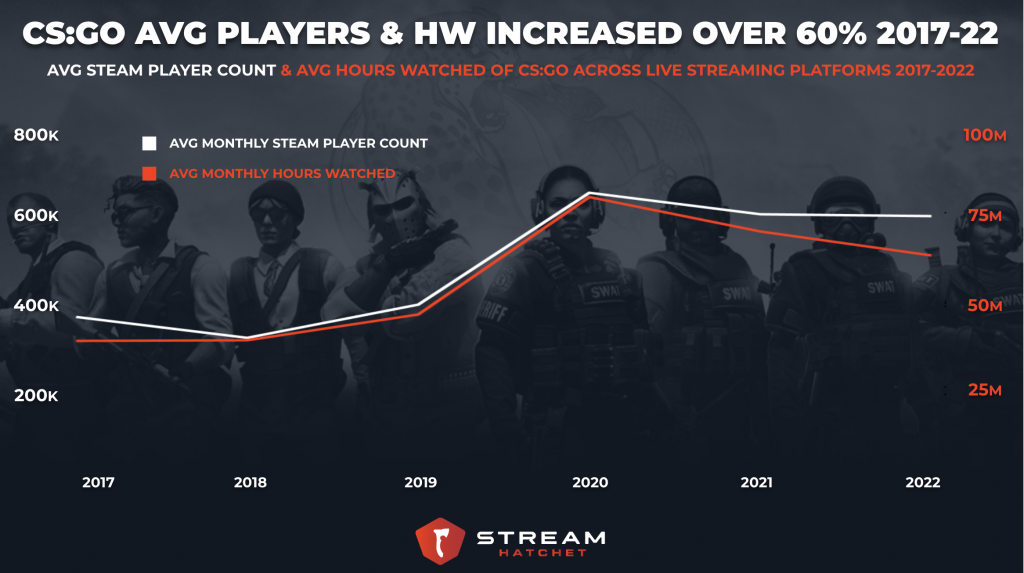
While the game was released in 2012, it didn’t start to see 6-figure player counts until the end of 2013. The game steadily increased in popularity, and started to plateau in player counts from 2016-2019. From 2017-2019, the average number of players in Steam hovered around 363K players each year.
After the boom in gaming popularity in 2020 due to the onset of the COVID-19 pandemic, average player counts soared to an average of around 626K players each year. From 2017 to 2022, this average grew about 63%.
Looking at live streaming viewership, a similar trend begins to appear. From 2017 to 2019, an average of 42M hours of CS:GO content were consumed each year. After the 2020 pandemic boom, viewership grew to an average of 71M hours watched per year. This growth from 2017 to 2022 was also 63%.
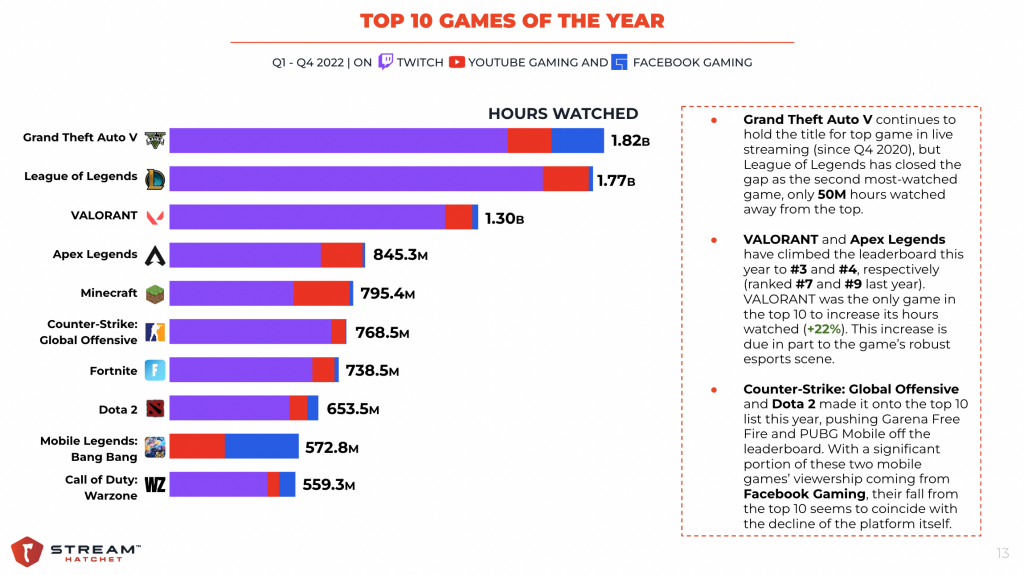
The game even made it onto the top 10 games of 2022 across major live streaming platforms, at #6, after not being included in 2021. While its overall hours watched, like many games in 2022, decreased slightly, it outlasted other games in the live streaming sphere. The 11-year-old game was able to maintain player and viewer interest while other games around it started to fade.
Live streaming viewership and players of a game are often correlated and can be used to predict the game’s performance long-term. Promoting a game, even an 11-year-old one like CS:GO, through sponsoring live streaming creators and building esports events, is beneficial to keeping it top of mind for gamers.
However, a game developer should look to also continue to service the players of a game and keep them interested with new DLC, maps, wearables, collectibles, and more. Creating new, interesting content will continue to bring players back to a game and make it more appealing to create their own content and promote the game across live streaming and other social media platforms.
To learn more about how you can utilize Stream Hatchet data & insights for your video game & esports live streaming marketing plan, drop us a line:
.
